Internal Biosecurity
Prevent the spread of diseases within your farm
This module will help us to better understand biosecurity practices on farms. In this module, we will learn essential biosecurity practices and how to implement them.
Wildlife and Pest Control
By acting as carriers for several infectious agents, wildlife can be a major source of infectious diseases in farm animals. Several cattle infectious diseases are transmitted over long distances by other animals. For instance, badgers can transmit bovine tuberculosis to cattle, a very difficult risk to prevent. Such risks make biosecurity measures against wildlife and pests very challenging and often unmanageable. Therefore, controlling diseases transmitted by wildlife requires strong and persistent surveillance within the cattle herds.
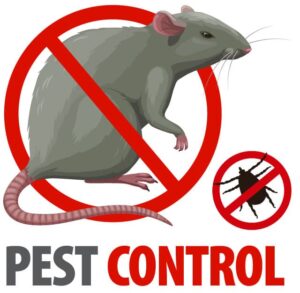
Ongoing surveillance programs on cattle farms are crucial to mitigating the risk of wildlife transmitting diseases to cattle. This requires strategies to reduce disease transmission between wildlife and livestock such as detecting common diseases between livestock and wildlife and controlling transmission of those diseases.
You can lower the risk of transmission between wildlife and cattle by:
- Using barriers such as large- or small-scale fencing, other physical barriers, dogs, deterrents, etc.
- Limiting access of animals other than cattle, including dogs, cats, birds, and rodents, to cattle’s feedstuffs and water.
- Controlling pests (insects, birds, and rodents) that come in contact with cattle.
- Excluding wildlife from the ranch where possible.
- Removing all harvested animals, including any entrails to limit the potential of spreading infections.
- Vaccinating both livestock and wildlife where possible.
Changes in biosecurity management can increase the risk of wildlife-transmissible diseases on ranches. Therefore, regular monitoring of diseases and pest populations is essential to assess the risk and to make effective control decisions.
Cleaning and Disinfection
All farm facilities consisting of pens, changing rooms, quarantine and isolation areas, equipment storage rooms, and office spaces must be regularly cleaned and disinfected to maintain a disease-free environment.
First, you should remove the dirt, feces, and other organic matter from all equipment and surfaces and then disinfect them properly.
Clean and disinfect routine farm operations to avoid disease transmission by:
- Selecting a broad-spectrum disinfectant that will kill a majority of germs.
- Removing any visible dirt before disinfecting boots.
- Cleaning farm facilities.
- Cleaning/disinfecting all possibly contaminated equipment.
- Cleaning and disinfecting feeding utensils.
- Removing all manure and disinfecting walls and floors.
- Cleaning and disinfecting stables before bringing in new calves.
- Washing farm clothing regularly.
- Cleaning and disinfecting surgical instruments and needles between animals.
- Always keeping feeding and watering areas clean.
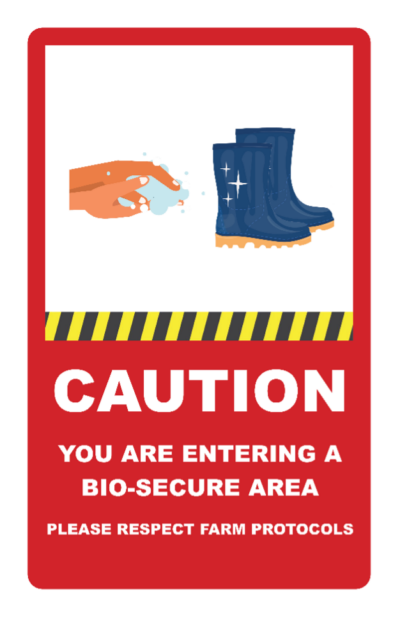
Farm Personnel Training
Cattle farmers are responsible for the animal, public, and environmental health, and farm employees are the first line of active defense against and mitigation of biological hazards.
All farm employees should be well-trained in farm biosecurity protocols. To promote biosecurity across the farm, there should be adequate training and communication with employees through knowledgeable sources such as veterinarians or farmer associations. This training should focus on the significant factors that determine which biosecurity measures should be implemented.
Biosecurity managers should:
- Understand the benefits and cost-effectiveness of biosecurity measures.
- Establish an effective communication system, such as having regular employee meetings, especially on farms with lots of employees.
- Provide detailed biosecurity plans to all employees.
- Attend state or local Beef Quality Assurance (BQA) meetings or training sessions.
- Train new farm employees about biosecurity practices before they start work.
- Have experienced employees mentor new workers about biosecurity practices.
- Make sure all employees have continued biosecurity training by attending different workshops routinely implemented by farm biosecurity managers, national authorities, or farmer associations to make sure employees are aware of biosecurity issues.
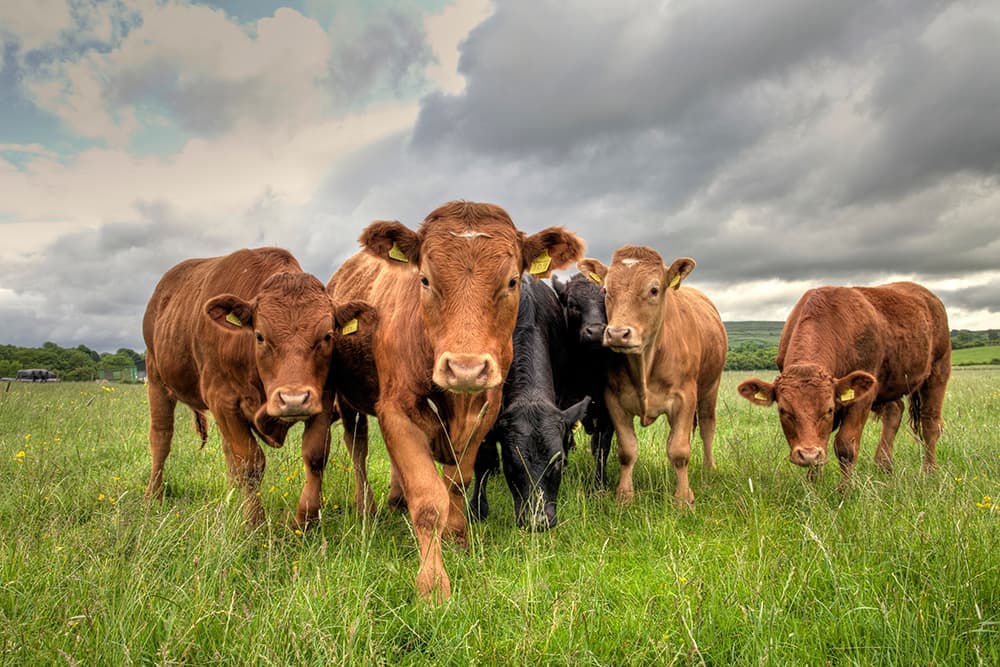
All employees must:
- Keep in touch with the biosecurity manager.
- Review the entire biosecurity plan provided by the farm’s biosecurity manager.
- Understand the importance of biosecurity measures.
- Perform biosecurity measures for their specific job responsibilities.
- Report anything preventing compliance with biosecurity measures to the farm’s biosecurity manager.
- Understand the consequences of breaking biosecurity protocols.
Quarantine and Isolation Management
Quarantine: To monitor and test the health of new animals on the farm, a quarantine period should be established. This helps prevent disease transmission to the existing herd from new animals that could be harboring a disease without showing any symptoms. The quarantine period will vary based on which diseases you are concerned about. It could last three weeks or longer. You should consult with your veterinarian about the quarantine period.
Isolation: Isolation is used for sick animals, which must be kept in a separate area from healthy animals.
Sometimes you may have both new and sick animals at the same time. There should be two separate areas, one for quarantine and one for isolation.
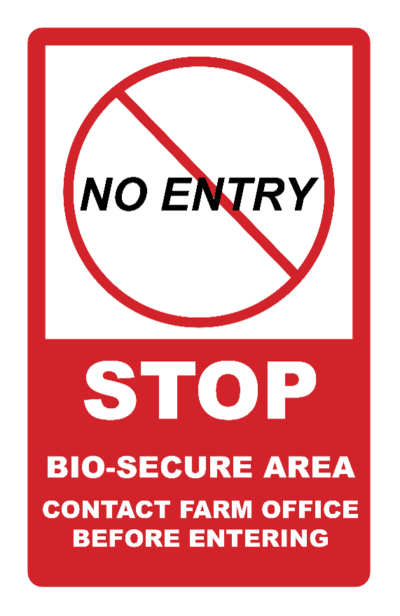
Example of clear signs
How to manage quarantine and isolation areas:
- Quarantine and isolation areas must be separate from each other and not share any air space or fence lines. The greater the distance between the two areas the better.
- Quarantine and isolation areas must always be clean and adequately disinfected between groups of animals.
- Employee traffic must be limited and controlled in quarantine and isolation areas. Clothing and boots must be changed, and hands must be sanitized before leaving these areas to reduce the spreading of the disease to other parts of the farm.
- Ideally, personnel who work in quarantine or isolation areas should not work with healthy animals.
- Ideally, quarantine and isolation areas should have equipment that is not shared between these areas and other areas of the farm.
- If using separate items for each area is not possible, shared equipment and supplies must be thoroughly cleaned and properly disinfected between uses.
Vaccination
Vaccines can help control and prevent diseases that cause reduced production, death, or other economic losses in food-producing animals. However, vaccinating cattle does not provide 100 percent immunity even under ideal conditions, so other biosecurity management practices are even more critical.
Always consult your veterinarian to achieve the highest level of immunity because your vaccination program should be based on biosecurity management, disease history, and other factors in your beef cattle operation.
To have a successful vaccination program:
- Always keep vaccines at an appropriate temperature to maintain efficacy (between 36° F and 46° F).
- Always check the expiration date on all vaccines.
- Protect vaccines from sunlight.
- Follow the vaccine label directions as well as your veterinarian’s directions before vaccinating animals.
- Do not use other animal species vaccines for cattle.
- Always follow the vaccine label or your veterinarian’s advice to give the exact vaccine dose to each animal using the recommended technique.
- Always use a sterile needle and avoid inserting a used needle into the vaccine bottle.
- Disinfect syringes with boiling water without using any chemicals.
- Give recommended booster vaccinations to provide broad protection against diseases.
- Always be ready for any vaccine reaction, even if it is infrequent.
- Document all vaccinations for your records.
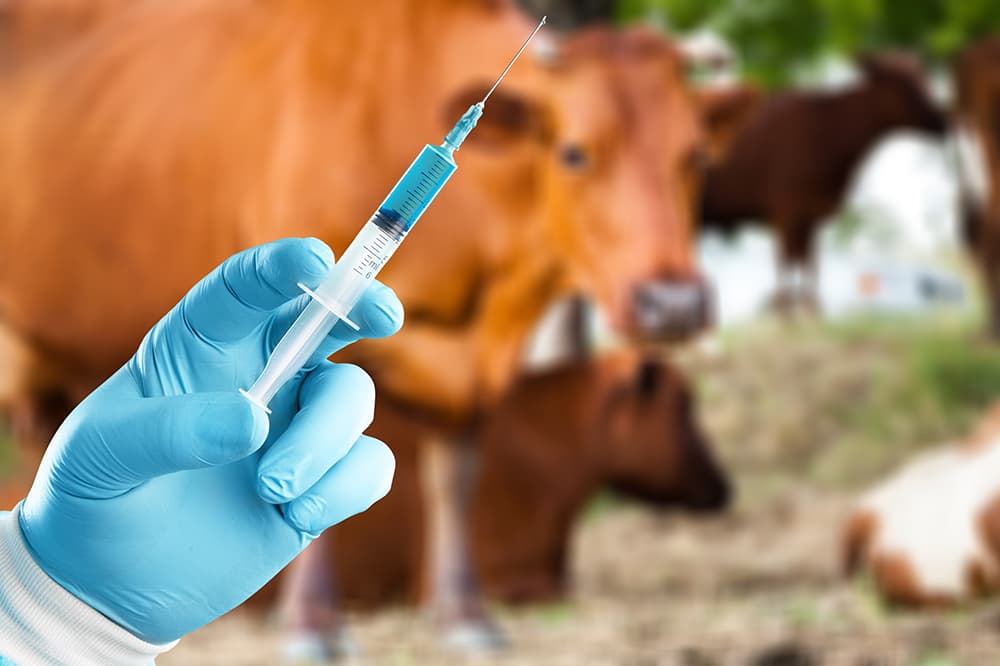
Water Supply Control
Water sources for cattle should be tested for pathogens and pests regularly, even more frequently if you suspect infectious diseases are present. To protect your water supply you should:
- Regularly clean and disinfect bunks and troughs. Do this more frequently when infectious diseases are present to prevent biofilms from forming on water surfaces.
- Limit access of other animals to the cattle’s water.
- Inspect water supplies and water delivery systems regularly to make sure they are free of contamination.
- Use safe water sources, such as municipal sources, when feasible.
- Always consider alternative water sources if you face contamination or another water supply crisis.
- Routinely monitor surface water sources such as dugouts and ponds for any contamination from pests and wildlife.
- Prevent fecal contamination of waterways, troughs, and surface water.
Line of Separation (LOS)
Line of (LOS) is an essential part of farm biosecurity measures, particularly during outbreaks. An LOS is a physical barrier around or within an operation to separate the area from farm movements. When an outbreak occurs, farm personnel, visitors, and animals must only cross the LOS and controlled LOS access points by following all appropriate biosecurity measures to prevent the spread of disease to areas where animals may be exposed.
All access points to an LOS should have:
- A visually defined line of separation.
- An area for farm personnel and visitors to change their footwear and outer clothing before crossing the LOS and an area for putting on farm-specific footwear and outer clothing after crossing the LOS.
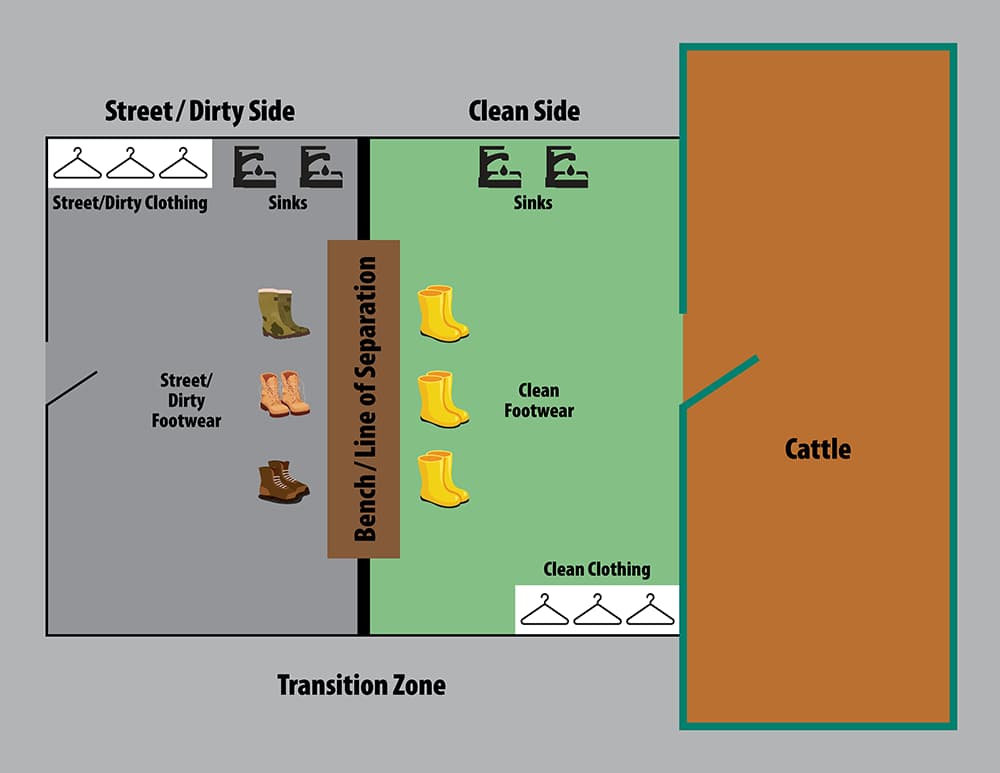
What’s Next?
Internal biosecurity is important to prevent disease spreading to healthy animals. Adopt and train your employees for these practices to minimize loss due to sick animals.
